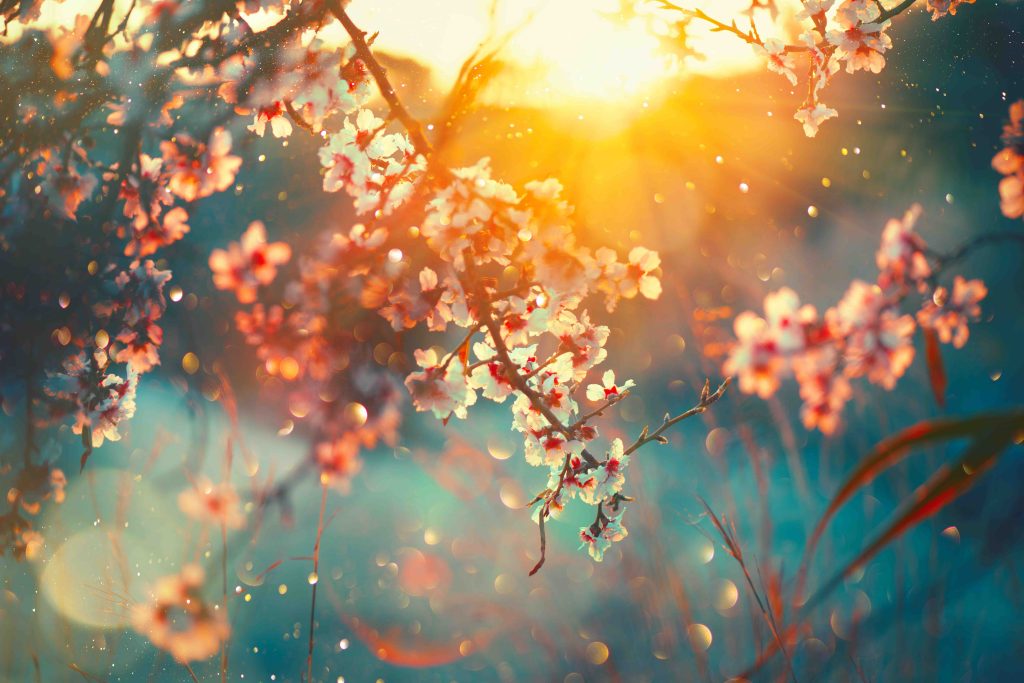The Perfect Springtime Spectrum
Spring ushers in a burst of life. Lengthening days and brightening skies stimulate plant life and encourage new growth. Many indoor farmers seek to replicate springtime conditions for young plants using photoperiod and temperature, and now programmable spectrum LEDs have made matching that springtime blue easier than ever.
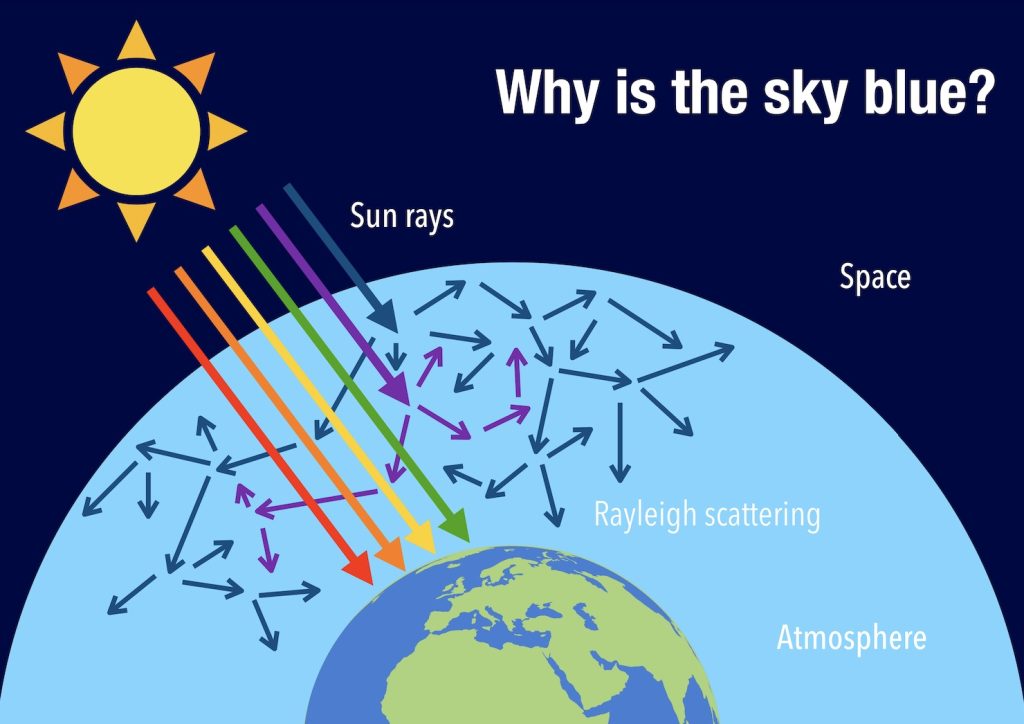
In the spring, the angle of the sun in the sky starts to come back up from its winter slant. The atmosphere scatters short wavelength (UV and blue) light the most, which is why the sky is blue and sunsets are red. As the angle of the sun starts to grow higher, the sunlight passes through less and less of the atmosphere, so the blue content in the sun light’s spectrum starts to increase.
What Does Spring Light Do?
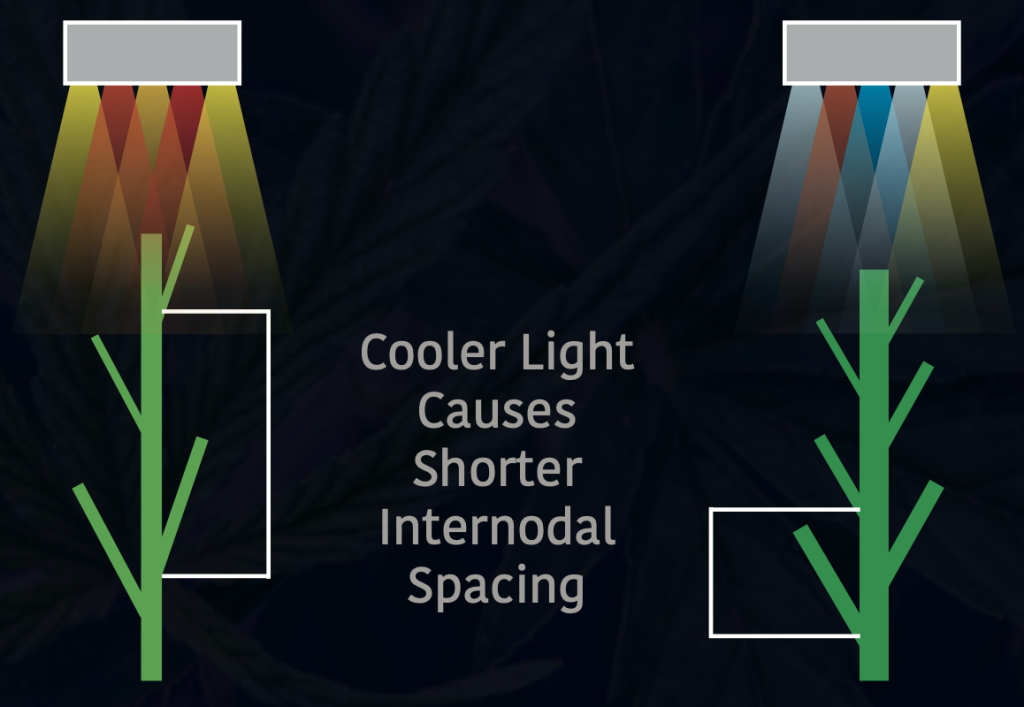
Blue light has some interesting effects on plants. It encourages the sprouting of new branches, instead of promoting stretching like red and far-red, which can lead to a ‘leggy’ looking plant. A higher blue content shortens internodal spacing and produces bushier plants with thicker stalks and more branches.
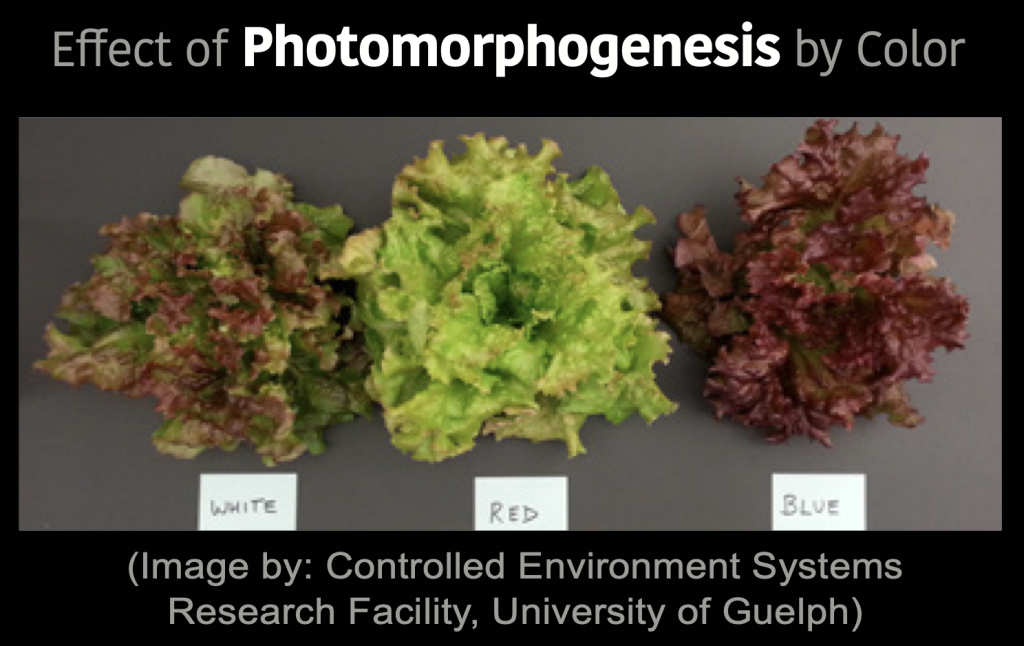
Blue also encourages plants to produce protective compounds such as terpenes and flavonoids that give cannabis and other plants their medicinal properties, flavors and colors. Cannabis also produces cannabinoids in response to short wavelength light, and many cultivators use it not only to mimic spring, but as a finishing spectrum to boost chemical content.
Set Your Light to Spring
To get that perfect spring spectrum, we recommend the following setting on the Avici: 10 Blue, 10 White, 5 Red. It’s a great way to influence the plant to grow densely.
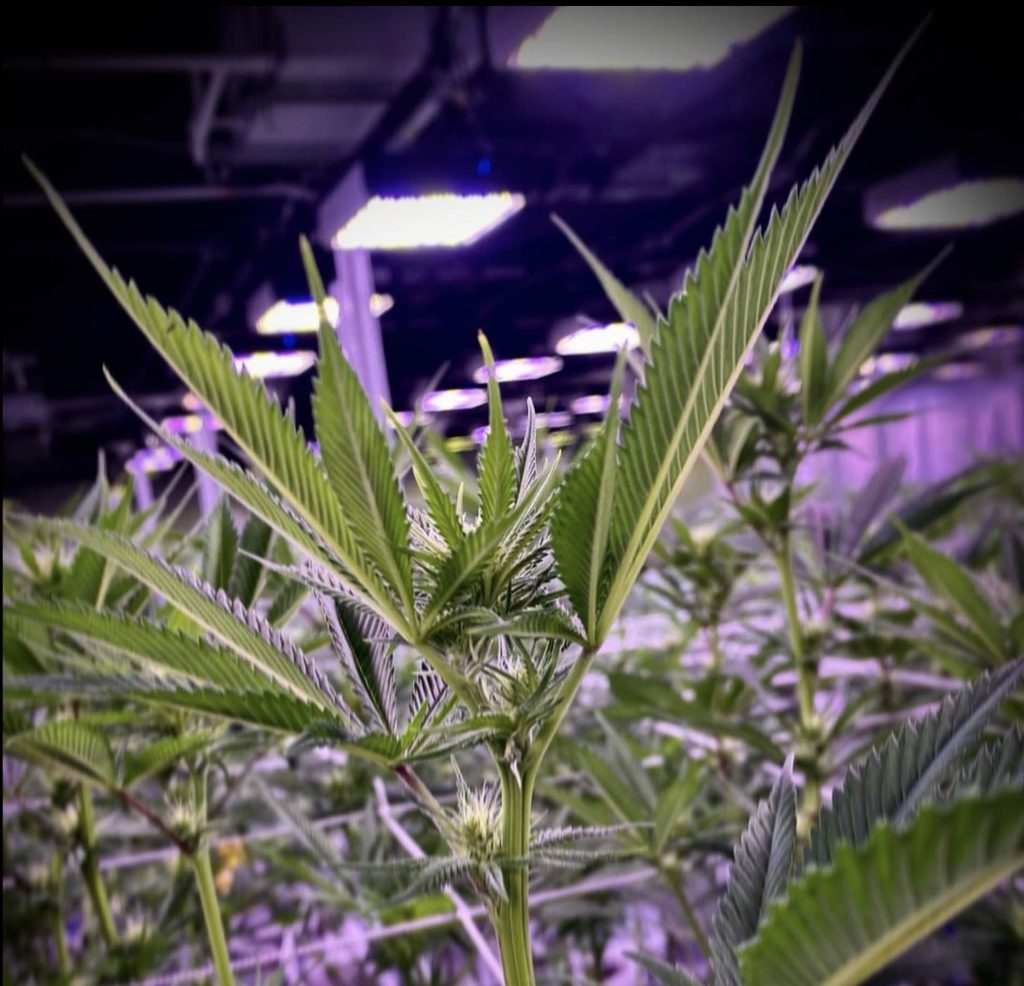
Of course, we’re always looking to learn. The Avici has presets for Clone, Veg, Flower and Finish, but growers regularly go off script and design their own unique spectrum to suit the needs of their cultivation style or even the specific strain they’re growing. It is a fascinating advancement to the art and science of cannabis cultivation. We’ve compiled some resources on spectrum -here- for anyone interested in learning about all the fascinating ways light influences plant growth.
Happy growing!

